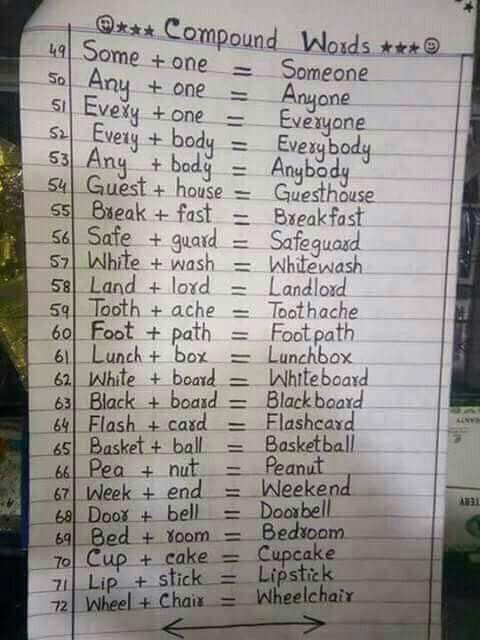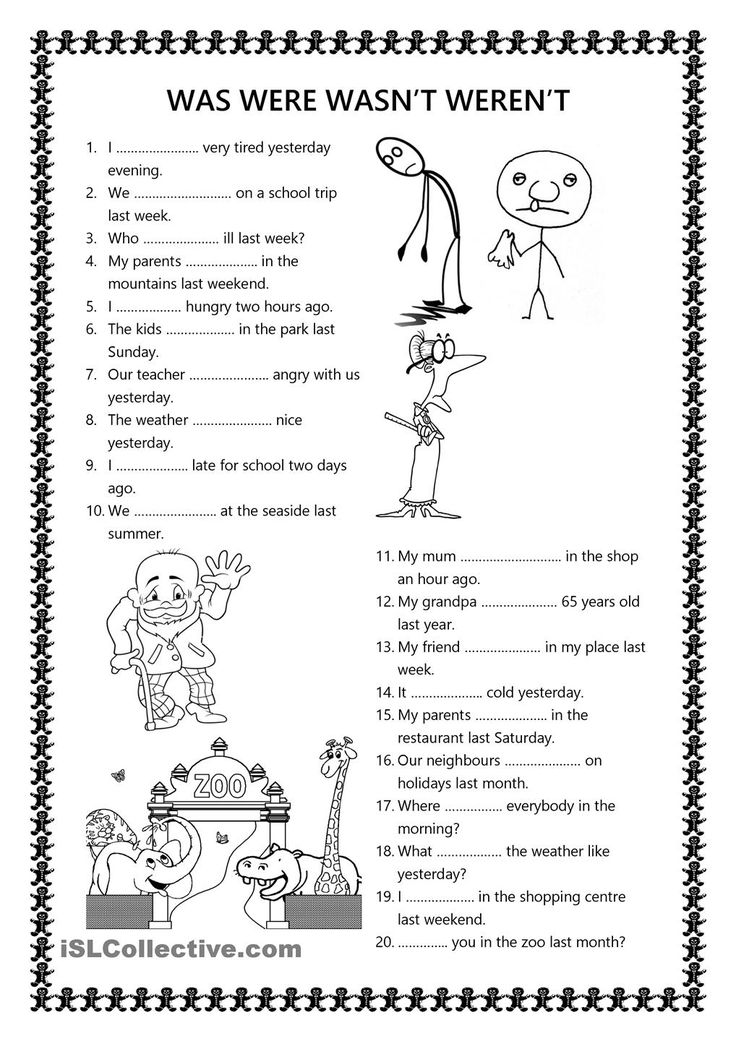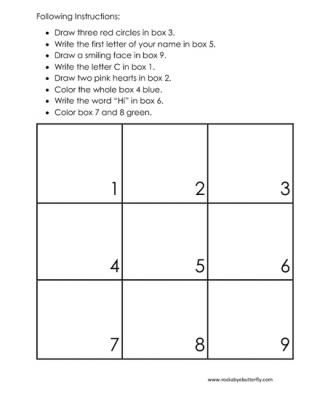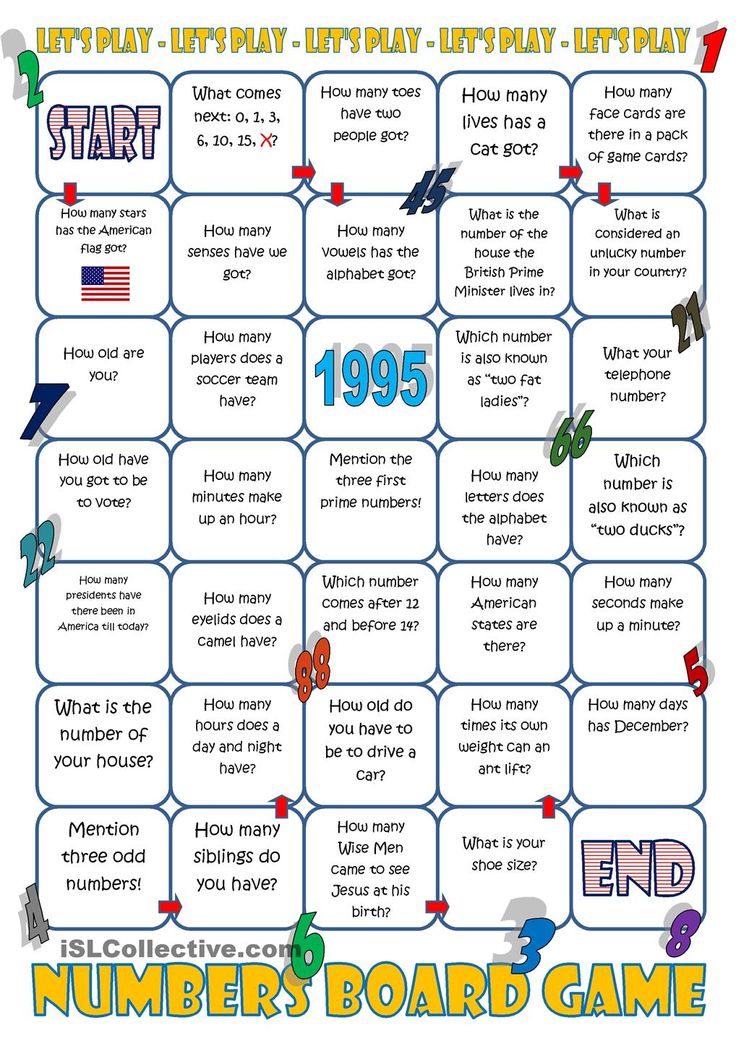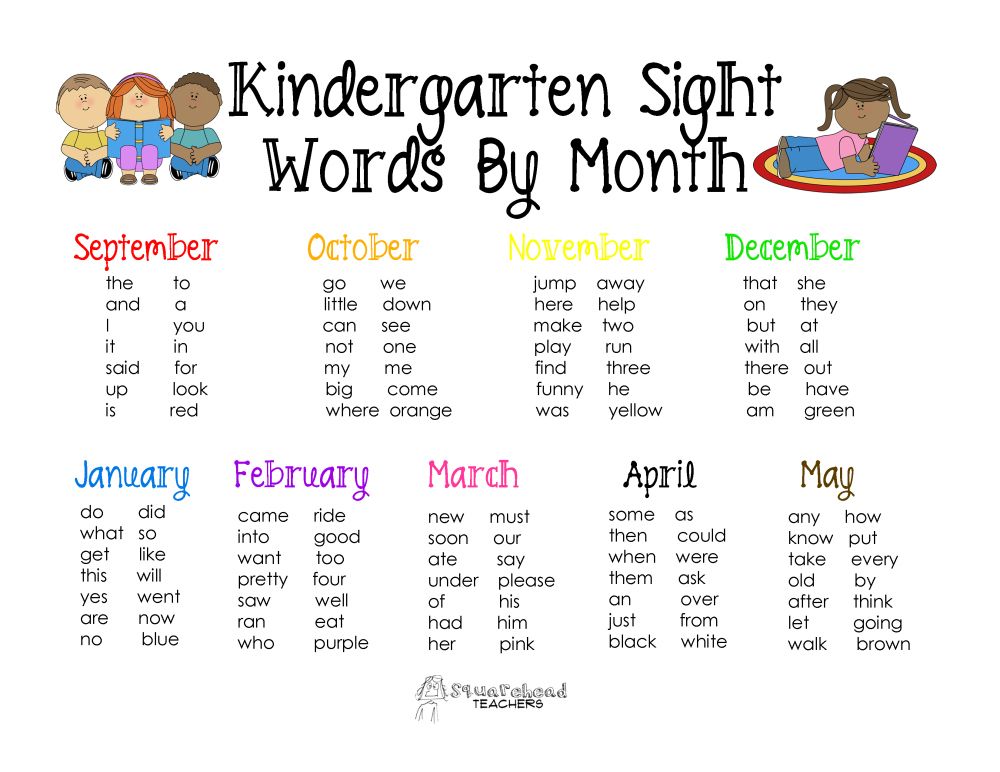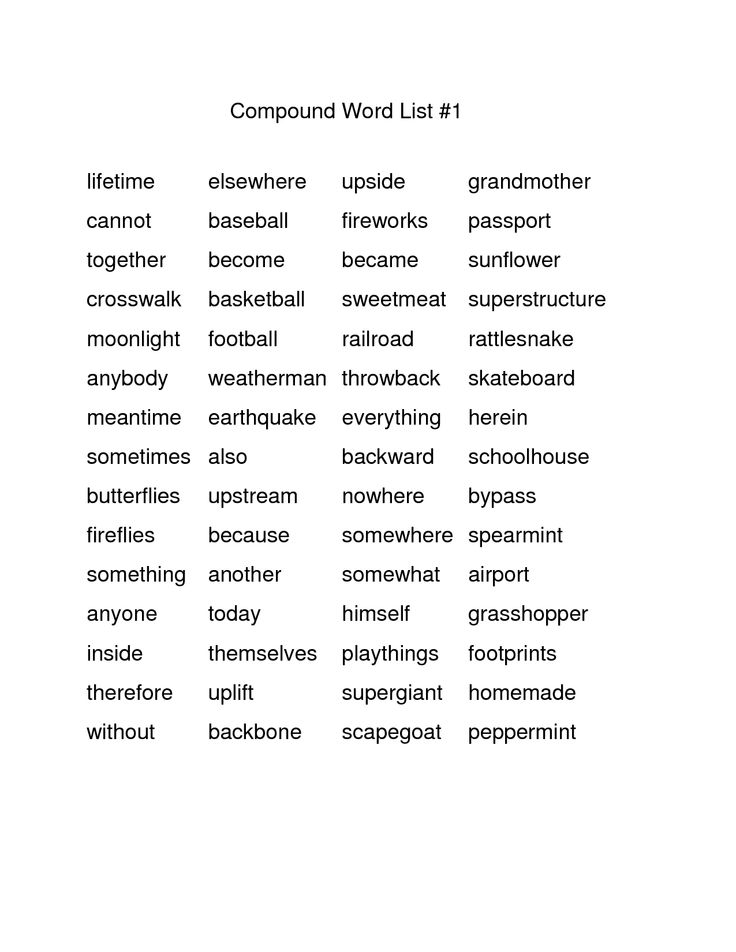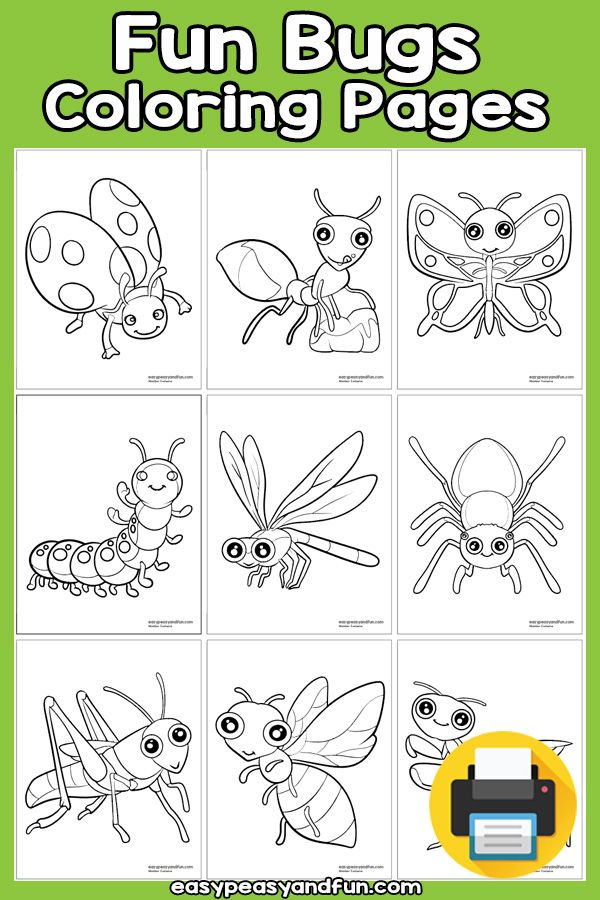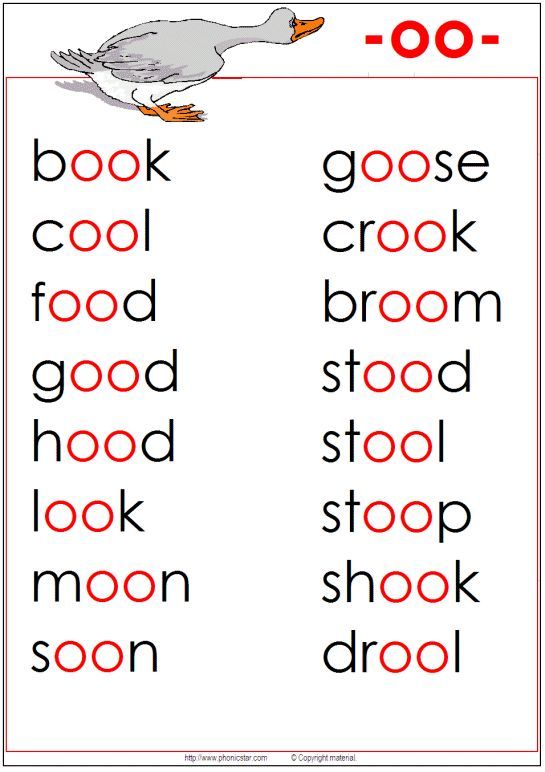Why teach vocabulary
Vocabulary
Vocabulary is an important focus of literacy teaching and refers to the knowledge or words, including their structure (morphology), use (grammar), meanings (semantics), and links to other words (word/semantic relationships).
Oral vocabulary refers to words that children can understand or use while speaking and listening. Oral vocabulary is closely related to their reading vocabulary, which is the words that children can recognise and use in their reading or writing.
Words all have:
- meaning, which can vary according to context
- phonology – that is, sounds
- morphology – that is, word parts
- syntax, that is, the way in which words are arranged to form phrases or sentences
- uses, which may be multiple, depending on context.
Children need to have a rich vocabulary that continually grows through language and literacy experiences, in order to comprehend and construct increasingly complex texts, and engage in oral language for a variety of social purposes.
Focussing on vocabulary is useful for developing knowledge and skills in multiple aspects of language and literacy. This includes helping with decoding (phonemic awareness and phonics), comprehension, and also fluency.
Learning vocabulary is a continual process of language and literacy development, which begins in the early years of life, and continues through schooling and beyond. Sinatra, Zygouris-Coe, and Dasinger (2011) note that:
Knowledge of vocabulary meanings affects children’s abilities to understand and use words appropriately during the language acts of listening, speaking, reading, and writing. Such knowledge influences the complexities and nuances of children’s thinking, how they communicate in the oral and written languages, and how well they will understand printed texts. (p. 333)
It is crucial that children have explicit and robust instruction in vocabulary, to support their verbal and written communication. The explicit teaching of vocabulary allows students to access academic language and discourse, and facilitates their comprehension of increasingly complex texts.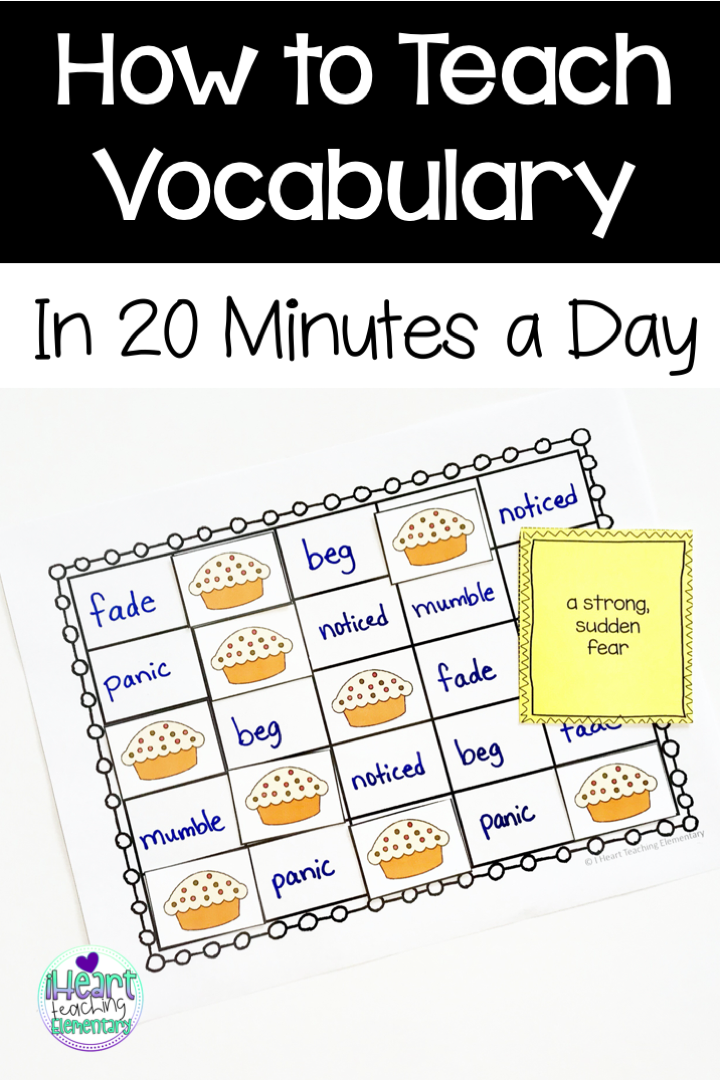
Vocabulary plays an important role in oral language development and early literacy (Hill, 2012). Paris (2005) identifies vocabulary as one of the unconstrained skills, meaning that it is a skill that we continue to develop over our life span. Konza (2016) notes the importance of explicit teaching of vocabulary to support students to become confident in a word’s meaning and use in context so that it will become part of their own repertoire.
Effective ways teaching of vocabulary involve the following main components (Sinatra, Zygouris-Coe, & Dasinger 2011):
- explicit teaching of appropriate vocabulary words (see tier 2 vocabulary below)
- multiple exposures to same words in varying contexts (speaking/listening, reading, writing)
- working with a partner or small group to analyse words
- story retelling using key vocabulary from texts
- use of props or concrete objects to explain vocabulary
- explicit discussion of comprehension together with vocabulary
- ensuring vocabulary instruction is embedded across the curriculum.
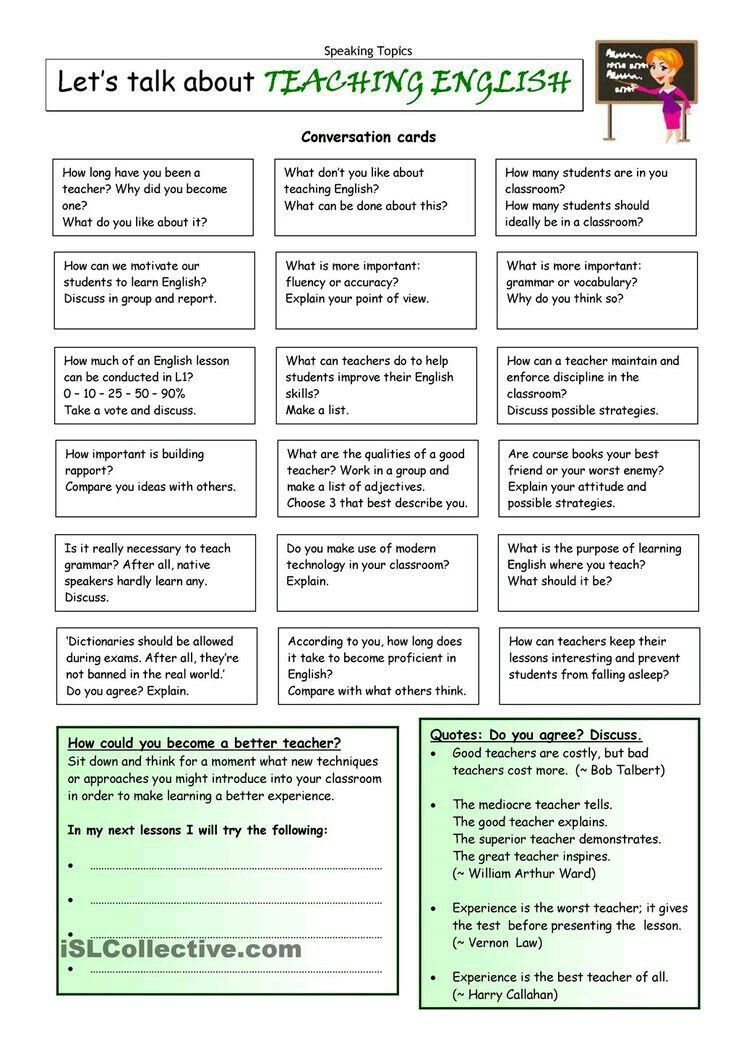
Increasing EAL/D learners’ vocabulary is crucial in developing school literacies and participating in learning activities across the curriculum. EAL/D learners may already have the words to describe a known concept from their prior learning or past experiences. This knowledge can be transferred to English by using translation as a learning process.
Some strategies for translating vocabulary in the classroom include:
- using printed bilingual dictionaries or home language picture dictionaries
- using online translation tools or dictionaries
- creating a ‘translation’ or ‘home language’ column on vocabulary or spelling lists
- displaying multilingual word walls or vocabulary lists in the classroom
- checking translated vocabulary lists with family members, same language peers or Multicultural Education Aides.
Translation alone is not a sufficient strategy to help students learn how to use new vocabulary.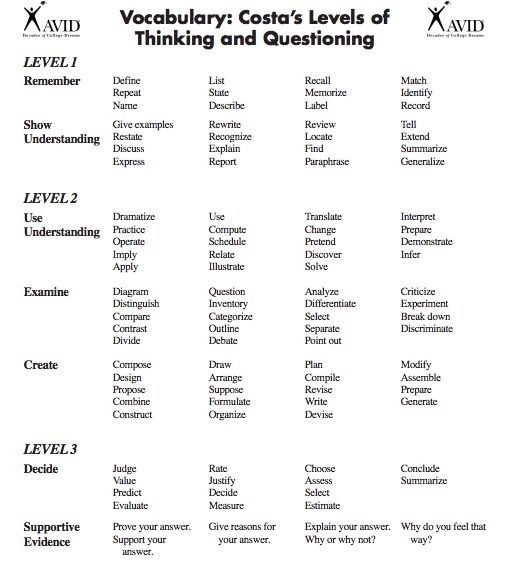 Students require ongoing support to infer the meaning of words using contextual clues, and to break words into morphemes and understand how each part relates to the meaning of the word.
Students require ongoing support to infer the meaning of words using contextual clues, and to break words into morphemes and understand how each part relates to the meaning of the word.
Developing translation and vocabulary learning skills and strategies also helps EAL/D students continue to develop their home language and literacy, which in turn supports learning in English. During the translation process, students may notice gaps in their vocabulary, and become aware of the differences of meaning between words and grammatical structures in different languages.
Additional ways of supporting EAL/D students’ vocabulary development include:
- identifying and teaching key vocabulary in context across all subject areas
- providing opportunities to reuse key vocabulary in a range of texts and situations
- providing displays of vocabulary and concepts, with illustrations and/or translations in the classroom. The teacher might need to demonstrate how the students could use the displays in their learning
- explicitly teaching comprehension strategies for inferring and checking the meaning of new words that are encountered in reading, listening and viewing
- playing word games such as I spy, Hangman or Bingo to reinforce vocabulary
- discussing techniques and tools for recording and remembering vocabulary such as Apps or personal dictionaries
- using graphic organisers to classify words into definitions and characteristics, with examples, non-examples and notes in English and/or home languages.

Multilingual graphic organisers, word walls or cognate charts scaffold EAL/D students’ understanding of English words and make other languages visible in school spaces. Students who speak English as a first language may be able to use these strategies with the vocabulary that they are learning in school.
The ‘form, meaning, and use’ (Larsen-Freeman & Celce-Murcia, 2016) model can also be used to help EAL/D learners understand:
- the ‘form’ (the word parts, the spelling, the sound of the word)
- the ‘meaning’ (the concept of the word)
- the ‘use’ (how the word is used in a sentence).
If EAL/D students are literate in their home language, they may include the 'form, meaning and use' model alongside drawings, images or known phonetic symbols to develop their academic vocabulary in both English and their home languages. If a teacher or a support staff shares some of the home languages of the students, they will be able to check students’ translations for accuracy.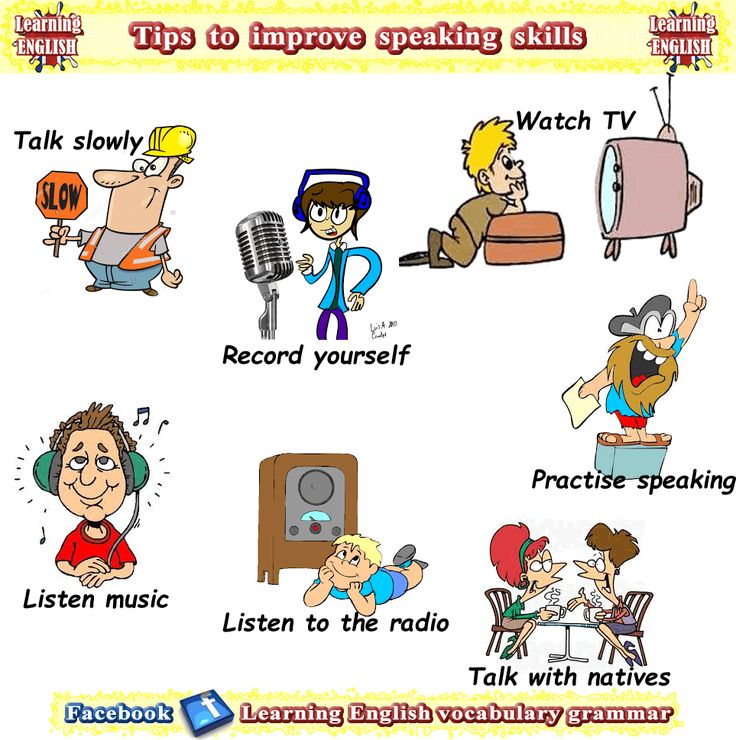 Otherwise, the teacher can ask students to identify and explain any differences between their languages and English.
Otherwise, the teacher can ask students to identify and explain any differences between their languages and English.
Reading
- Recognise that texts are made up of words and groups of words that make meaning (Content description VCELA144)
- Explore the different contribution of words and images to meaning in stories and informative texts (Content description VCELA145)
Speaking and listening
- Understand the use of vocabulary in familiar contexts related to everyday experiences, personal interests and topics taught at school (Content description VCELA167)
Reading
- Identify the parts of a simple sentence that represent ‘What’s happening?’, ‘Who or what is involved?’ and the surrounding circumstances (Content description VCELA178)
- Explore differences in words that represent people, places and things (nouns, including pronouns), happenings and states (verbs), qualities (adjectives) and details such as when, where and how (adverbs) (Content description VCELA179)
Speaking and listening
- Understand the use of vocabulary in everyday contexts as well as a growing number of school contexts, including appropriate use of formal and informal terms of address in different contexts (Content description VCELA202)
Writing
- Recognise and know how to use simple grammatical morphemes in word families (Content description VCELA191)
Reading
- Understand that nouns represent people, places, things and ideas and include common, proper, concrete or abstract, and that noun groups/phrases can be expanded using articles and adjectives (Content description VCELA216)
- Learn some generalisations for adding suffixes to words (Content description VCELA217)
- Analyse how different texts use nouns to represent people, places, things and ideas in particular ways (Content description VCELY223)
Speaking and listening
- Understand the use of vocabulary about familiar and new topics and experiment with and begin to make conscious choices of vocabulary to suit audience and purpose (Content description VCELA237)
Writing
- Understand how texts are made cohesive by the use of resources, including word associations, synonyms, and antonyms (Content description VCELA224)
Reading
- Recognise most high-frequency words, know how to use common prefixes and suffixes, and know some homophones and generalisations for adding a suffix to a base word (Content description VCELA250)
Speaking and Listening
- Learn extended and technical vocabulary and ways of expressing opinion including modal verbs and adverbs (Content description VCELA273)
Writing
- Understand that verbs represent different processes (doing, thinking, saying, and relating) and that these processes are anchored in time through tense (Content description VCELA262)
Reading
- Read different types of texts for specific purposes by combining phonic, semantic, contextual and grammatical knowledge using text processing strategies, including monitoring meaning, skimming, scanning and reviewing (Content description VCELY287)
Writing
- Incorporate new vocabulary from a range of sources, including vocabulary encountered in research, into own texts (Content description VCELA293)
- Recognise homophones and know how to use context to identify correct spelling (Content description VCELA296)
Reading
- Understand how to use banks of known words, syllabification, spelling patterns, word origins, base words, prefixes and suffixes, to spell new words, including some uncommon plurals (Content description VCELA312)
Writing
- Understand the use of vocabulary to express greater precision of meaning, and know that words can have different meanings in different contexts (Content description VCELA325)
Reading
- Investigate how vocabulary choices, including evaluative language can express shades of meaning, feeling and opinion (Content description VCELA325)
Writing
- Understand how ideas can be expanded and sharpened through careful choice of verbs, elaborated tenses and a range of adverb groups/phrases (Content description VCELA351)
- Investigate how vocabulary choices, including evaluative language can express shades of meaning, feeling and opinion (Content description VCELA352)
- Understand how to use banks of known words, word origins, base words, prefixes, suffixes, spelling patterns and generalisations to spell new words, including technical words and words adopted from other languages (Content description VCELA354)
Speaking and listening
Level A1
- Understand that texts are meaningful (VCEALA035)
- Recognise some familiar words in context (VCEALL048)
- Recognise and use words from lexical sets related to immediate communicative need, interest or experience (VCEALL026)
Level A2
- Recognise a small range of familiar words in different contexts (VCEALL129)
- Use words learnt from a range of classroom and social contexts (VCEALL108)
Reading and viewing
Level A1
- Select books to look at or read independently (VCEALA038)
- Use simple dictionaries and word charts (VCEALA040)
- Rely on content words to understand the main idea in a text (VCEALL045)
- Recognise familiar words and phrases (VCEALL046)
Level A2
- Understand how different types of images in texts contribute to meaning (VCEALA116)
- Select suitable books to read (VCEALA120)
- Locate words in a bilingual dictionary or in class word lists (VCEALA121)
- Focus on both content and functional words to understand the main idea in a text (VCEALL126)
- Use developing knowledge of English to predict some words or phrases (VCEALL127)
Writing
Level A1
- Write some high-frequency words related to personal experience and school context (VCEALL076)
- Contribute ideas, words or sentences to a class or group shared story (VCEALA062)
- Clarify the meaning of a word in home language and ask for the word to be written so it can be copied (VCEALA066)
Level A2
- Use high-frequency words encountered in classroom activities (VCEALL155)
- Use some curriculum or content area vocabulary (VCEALL156)
- Contribute to shared writing activities (VCEALA142)
- Use a range of resources to find words or phrases for own writing (VCEALA146)
Speaking and listening
Level BL
- Use words from sets related to immediate communicative need, interest or experience (VCEALL180)
Level B1
- Use learnt words in speech (VCEALL260)
- Use the most basic forms of modality (VCEALL257)
Level B2
- Use, in speech, vocabulary and structures learnt from spoken and written texts (VCEALL341)
- Use simple forms of modality (VCEALL338)
Level B3
- Employ a range of vocabulary to convey shades of meaning (VCEALL421)
- Understand how modal verbs express probability and possibility (VCEALL418)
Reading and viewing
Level BL
- Use simple dictionaries and word charts (VCEALA196)
- Sequence words to make simple sentences (VCEALL203)
- Use simple present and past tense verb forms to talk about ongoing, current and past actions (VCEALL204)
- Use some high-frequency adjective–noun and verb–adverb combinations (VCEALL205)
- Recognise some common words or phrases (VCEALL206)
- Build a vocabulary that draws on words of interest, learnt words and sight words (VCEALL207)
Level B1
- Experiment with using a picture or simple English dictionary and/or a home language–English bilingual dictionary to find words (VCEALA276)
- Read sentences that use basic subject, verb and object patterns, where content and vocabulary are familiar (VCEALL283)
- Identify simple present and past tense verbs (VCEALL284)
- Use knowledge of base words to read new forms (VCEALL285)
- Read some familiar words and phrases (VCEALL286)
- Build a vocabulary that draws on words of interest, topic words and sight words (VCEALL287)
Level B2
- Use a simple English dictionary or class word list to find words, and/or check home language–English bilingual dictionary for meanings (VCEALA357)
- Read texts that contain compound and complex sentences (VCEALL364)
- Use knowledge of simple tense and negation to interpret the meaning of written text (VCEALL365)
- Use knowledge of sentence structure to predict words or self-correct (VCEALL366)
- Read some common words or familiar phrases (VCEALL367)
Level B3
- Use an accessible English dictionary to check the meaning of new words, and/or check meanings in a home language–English bilingual dictionary (VCEALA436)
- Follow the meaning of complex sentence patterns (VCEALL443)
- Interpret the meaning of written text that uses a range of tenses and negation (VCEALL444)
- Use knowledge of sentence structure to predict words and self-correct (VCEALL445)
- Use knowledge of sentence structure and content to deduce the meaning of unfamiliar words (VCEALL446)
Writing
Level BL
- Rely on memorisation and/or home language to retrieve new words and structures (VCEALA224)
- Use topic-specific vocabulary encountered in classroom activities (VCEALL235)
- Use basic descriptive words (VCEALL232)
- Build a vocabulary that draws on words of interest, learnt words and sight words (VCEALL287)
- Use high-frequency words accurately, although sometimes repetitively (VCEALL234)
Level B1
- Employ a range of strategies to understand new or unknown words (VCEALA304)
- Incorporate learnt vocabulary into writing (VCEALL315)
- Use a small range of simple descriptive phrases (VCEALL312)
- Build a vocabulary that draws on words of interest, topic words and sight words (VCEALL287)
- Use formulaic structures (VCEALL314)
Level B2
- Employ a range of strategies to understand and learn unknown words (VCEALA384)
- Use modelled vocabulary appropriately (VCEALL395)
- Use simple extended descriptive phrases (VCEALL392)
- Select some descriptive vocabulary appropriate to context (VCEALL396)
- Use a varied and appropriate vocabulary (VCEALL394)
Level B3
- Employ a range of strategies to expand vocabulary (VCEALA463)
- Use a range of key vocabulary appropriately (VCEALL474)
- Write using extended descriptive phrases (VCEALL471)
- Create mood and feeling through the selection of appropriate vocabulary and idiom (VCEALL475)
- Use some antonyms and synonyms (VCEALL473)
Words are categorised into grammatical forms or word classes including the commonly known nouns, verbs, adjectives, adverbs, as well as determiners, prepositions, conjunctions.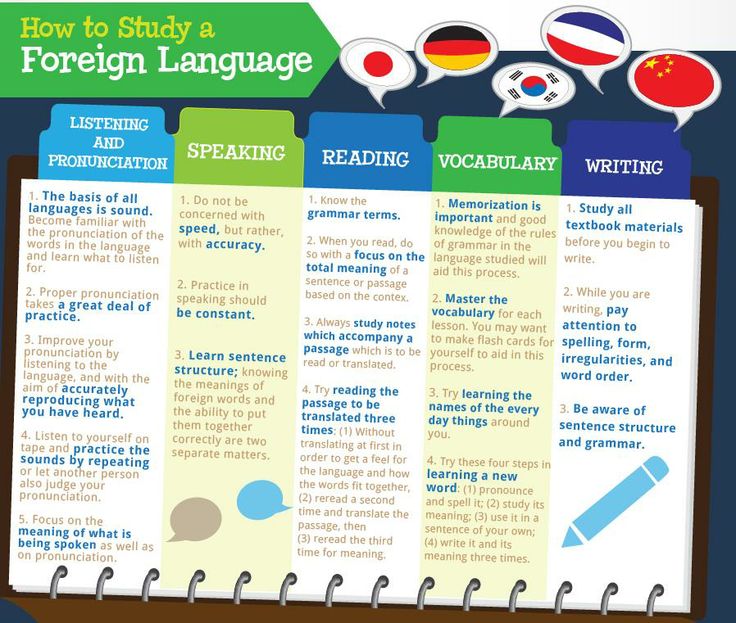 Different word classes have different functions in terms of their grammar (including morphology, and syntax).
Different word classes have different functions in terms of their grammar (including morphology, and syntax).
Students need to develop understandings of different types of words, as part of their metalinguistic awareness (knowing how language and literacy works, and the words that describe these phenomena).
When introducing vocabulary it is crucial for students to know the type (or class) of word it is. If ever students are unsure, they can be encouraged to check a paper or online dictionary, which will always provide the word class in the listing.
Below is a table which summarises each word class (or form), including their function, examples, and any inflectional or derivational morphemes that attach to these.
| Word Class | Function | Examples | Inflections | Derivations |
|---|---|---|---|---|
| Noun (incl Proper Noun) | person, place, thing, typically objects (concrete and abstract) | junk idea rainbow reaction debate earthquake |
| e.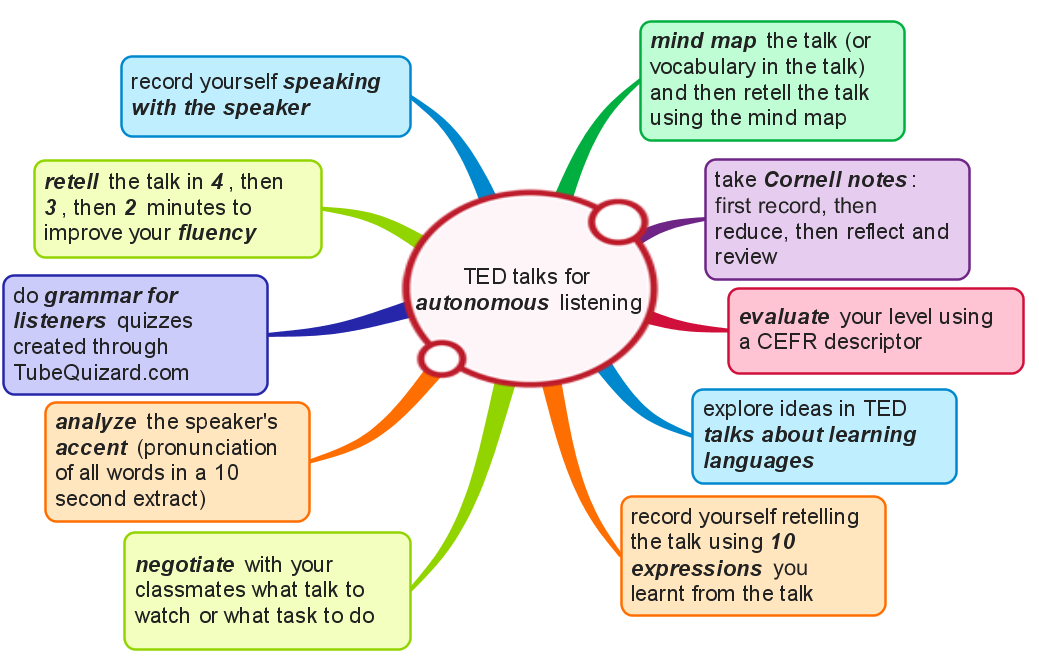 g. -ance -ion g. -ance -ion-dom -ness -ment -ity -ism -er |
| Pronoun | stand in for nouns or noun phrases | I you they him she this these some their his myself ourselves each other | n/a | n/a |
| Determiner | specifies the noun. e.g. whose noun it is or which noun is meant | the a an her their our those this that many more neither another | n/a | n/a |
| Adjective | words which typically modify a noun, denoting qualities or states (answer question such as Which one? What kind? How many? Whose?) | long pointy childish imaginary sisterly |
| -ish -ary -able -ly -y -ful |
| Verb | generally denote actions, states, processes and events | run play determine sorted synchronising thinking |
| -Ify -ate -ize -en |
| Adverb | modifies (adds meaning) to verbs adjectives, and other adverbs | slowly foolishly very mostly | n/a | -ly |
| Prepositions | provide additional information by specifying location or space i.e. they tell us about the relationships between events and things | in, at, on, off, into, onto, towards, to, about, as, with | n/a | n/a |
| Conjunctions | used to join words, phrases, or sentences together | and or but because whenever after before | n/a | n/a |
When using personal dictionaries (where new vocabulary is added progressively as students learn new words), students should be encouraged to record the word type in their entries. Adding an example sentence can also be useful. These strategies help develop students' independence in their understanding and use of new vocabulary.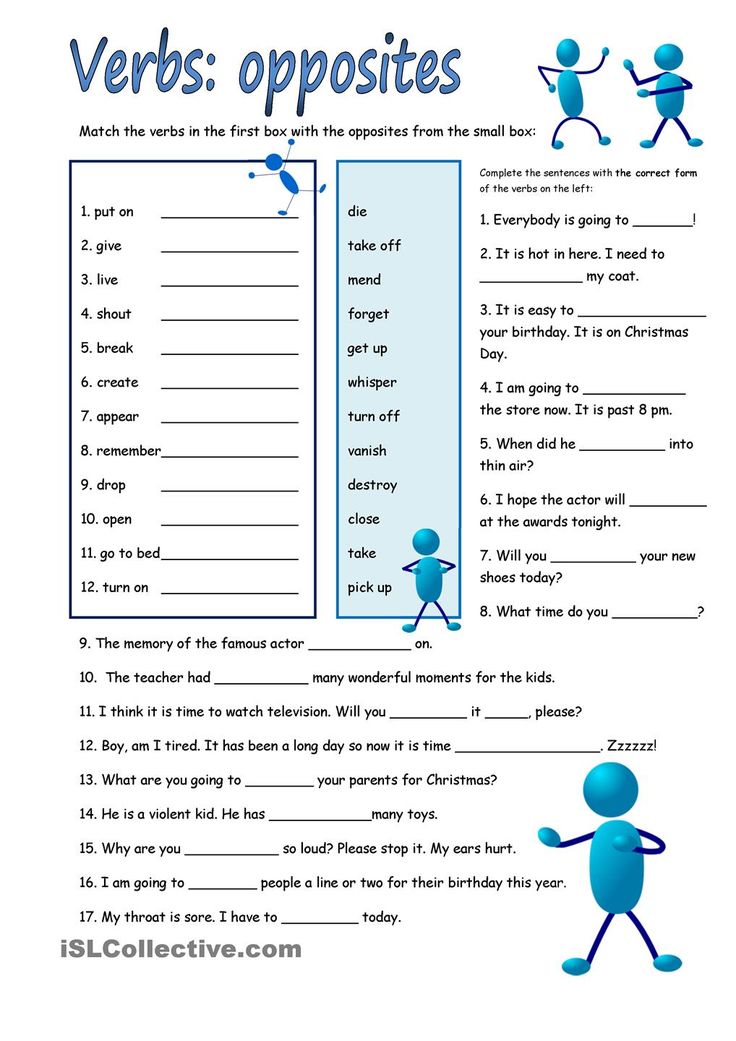
Morphology is the study of words and their parts. Morphemes (like prefixes, suffixes, and base words) are defined as the smallest meaningful units of meaning.
All words can be broken down into their morphemes:
| Some words have also 1 morpheme | system | system | (1) |
|---|---|---|---|
| Some have 2 morphemes | systematic | system+atic | (2) |
| Or 3 morphemes | unsystematic | un+system+atic | (3) |
| Or 4 morphemes | unsystematical | un+system+atic+al | (4) |
| Or more! | unsystematically | un+system+atic+al+ly | (5) |
Other examples of words with multiple morphemes are: roll+er driv+ing under+stand+able class+ic+al
Morphemes are important for vocabulary, as well as phonics (reading and spelling) and comprehension. Teaching morphemes is useful because they help to analyse the parts of words, often have a consistent purpose and/or meaning, and are often spelt the same across different words (even when the sound changes).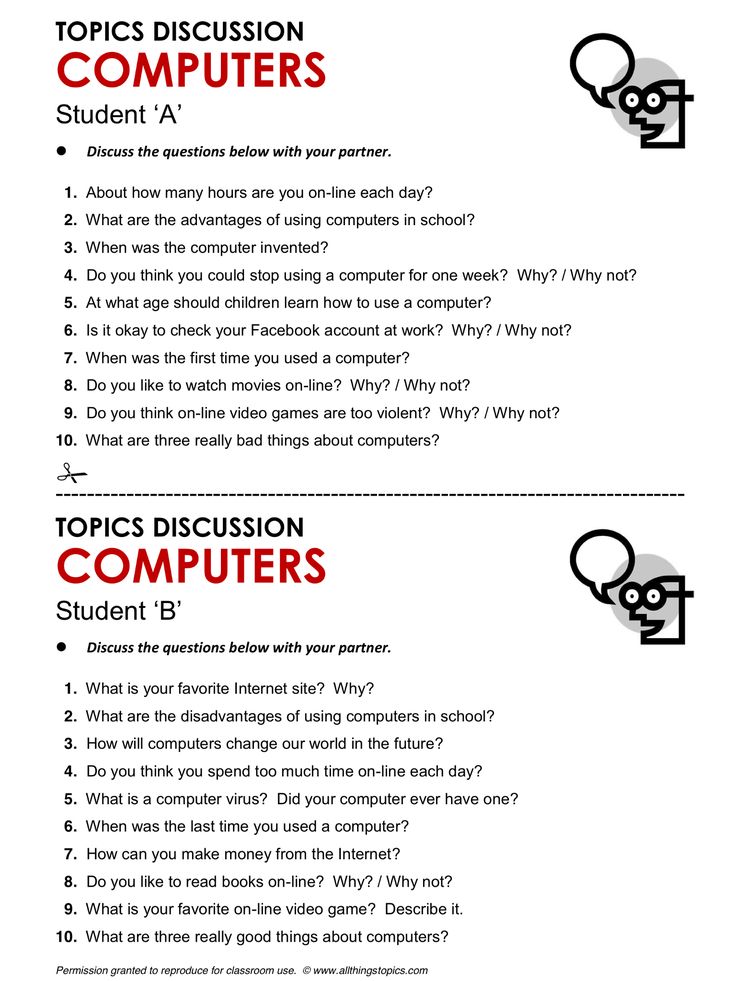
For more information, see: Word morphology
Word/Semantic RelationshipsTeaching vocabulary is also about how words relate to other words. Semantics is the study of word meanings, and includes semantic relationships (how words are related to other words).
Here are some examples of types of word/semantic relationships:
- Categories
- Antonyms
- Synonyms
- Connotations
- Homophones & Homographs
- Homonyms (words with Multiple Meanings)
The most effective way to teach vocabulary is to show how new words relate to other words, especially ones that students already know. It is important to explicitly teach the relationships between words.
For more information about word/semantic relationships, including Categories, Antonyms, Synonyms, Connotations, Homophones & Homographs, see: Word/Semantic Relationships (docx - 233.6kb)
Choosing Words to Teach - Tier 1, Tier 2, and Tier 3
Vocabulary Words that we explicitly teach should also be as functional as possible, so that students have multiple opportunities to comprehend and use these words.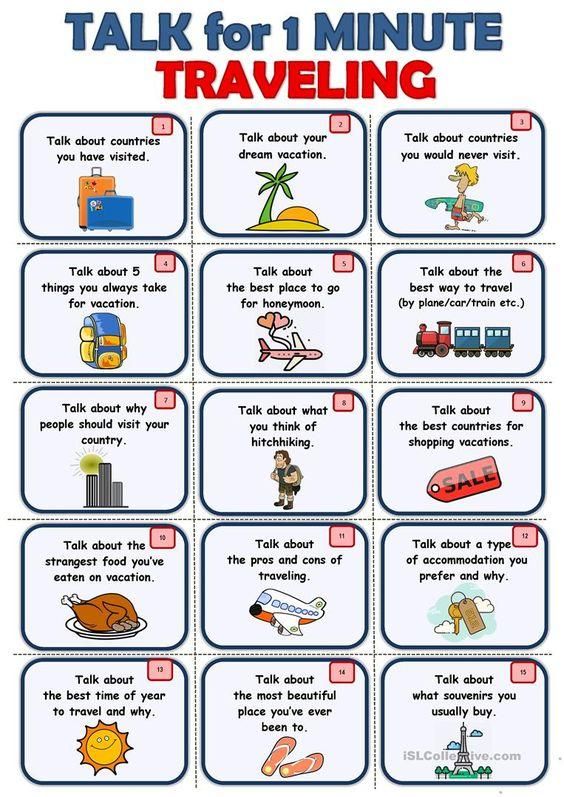 Beck and McKeown (1985) have categorised words according to three Vocabulary Tiers:
Beck and McKeown (1985) have categorised words according to three Vocabulary Tiers:
For more information, see: Choosing Words to Teach - Tier 1, 2, 3 Vocabulary (docx - 209.43kb)
Word EtymologyThe origins of words and morphemes, and their meanings, is a crucial part of exploring the richness of vocabulary, and how words connect with one another.
- Identifying word types
- Identifying morphemes
- Building words, breaking words down
- Finding word meaning(s)
- Semantic/Word Webs or Maps Flow charts and visual organisers for words
- How well do you know a word?
- Recognition
- Recall
- Familiarity
- Use for one context/purpose
- Use of multiple contexts/purposes
Example Activities
As well as embedding Vocabulary teaching within the various teaching practices, there are numerous activities that introduce students to concepts of Vocabulary.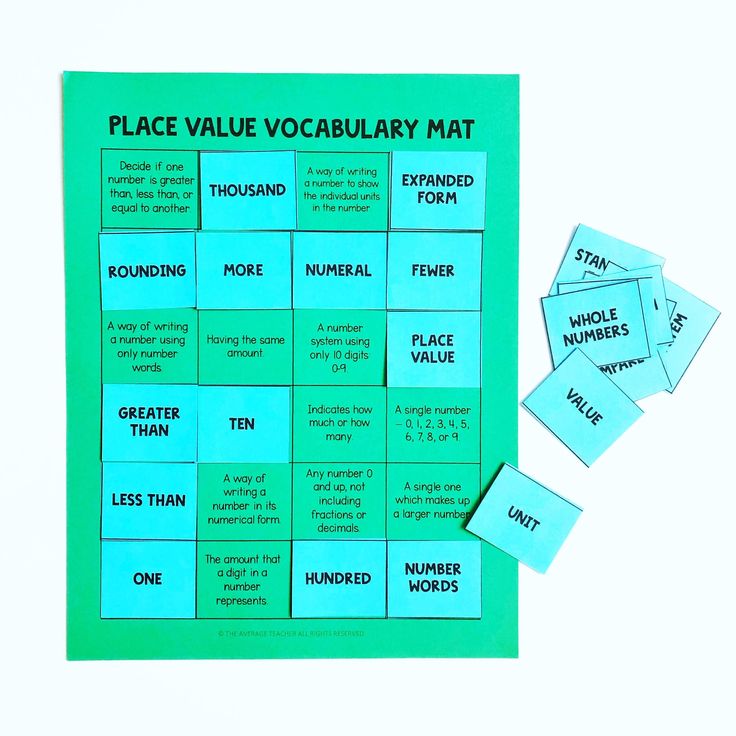
- Level 1 to 3: How to use the surrounding text clues to work out the meaning of unknown words in a text
- Level 3 : Building Vocabulary (docx - 210.14kb)
- Other ideas for Semantic/Word Relations (docx - 233.6kb)
Beck, I. L. & McKeown, M. G (1985). Teaching vocabulary: Making the instruction fit the goal. Educational Perspectives, 23(1). 11-15.
Beck, I. L., McKeown, M. G., & Kucan, L. (2002). Bringing words to life: Robust vocabulary instruction. New York: Guilford.
Hill, S. (2012). Developing early literacy: assessment and teaching (2nd ed.). South Yarra, Vic. Eleanor Curtain Publishing.
Konza, D. (2016). Understanding the process of reading: The big six. In J. Scull & B. Raban (Eds), Growing up literate:Australian literacy research for practice (pp. 149-175). South Yarra, Vic. : Eleanor Curtain Publishing.
Larsen-Freeman, D., & Celce-Murcia, M. (2016). The grammar book: Form, meaning, and use for English language teachers (3rd Ed.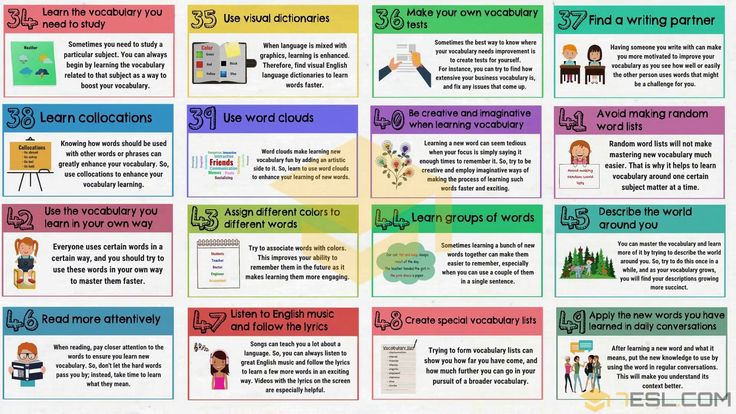 ). Boston: National Geographic Learning.
). Boston: National Geographic Learning.
Nation, P. (2001). Learning vocabulary in another language. Cambridge: Cambridge University Press.
Nation, P. (2005). Teaching vocabulary. The Asian EFL Journal, 7(3), 47-54.
Paris, S. (2005). Reinterpreting the development of reading skills. Reading Research Quarterly, 40 (2), 184-202.
Sinatra, R, Zygouris-Coe, V & Dasinger, S 2011, Preventing a vocabulary lag: What lessons are learned from research, Reading & Writing Quarterly, 28(4), pp. 333-334
Vocabulary | Reading Rockets
More resources:
Vocabulary refers to the words we must understand to communicate effectively. Educators often consider four types of vocabulary: listening, speaking, reading, and writing.
Listening vocabulary refers to the words we need to know to understand what we hear. Speaking vocabulary consists of the words we use when we speak. Reading vocabulary refers to the words we need to know to understand what we read.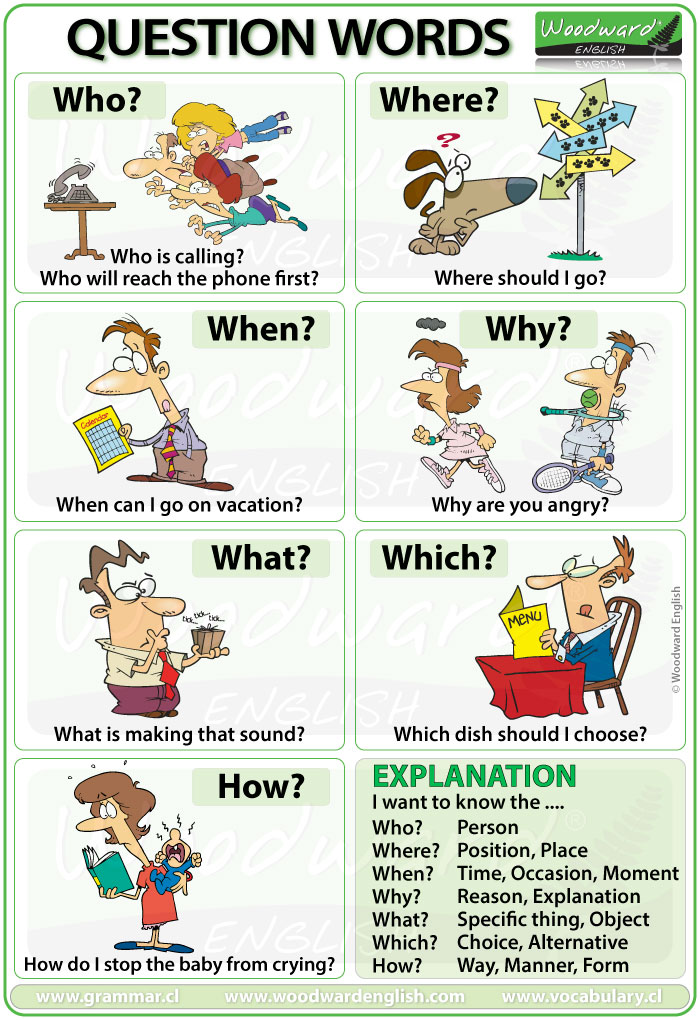 Writing vocabulary consists of the words we use in writing.
Writing vocabulary consists of the words we use in writing.
Vocabulary plays an important part in learning to read. Beginning readers must use the words they hear orally to make sense of the words they see in print. Kids who hear more words spoken at home learn more words and enter school with better vocabularies. This larger vocabulary pays off exponentially as a child progresses through school.
Consider, for example, what happens when a beginning reader comes to the word dig in a book. As she begins to figure out the sounds represented by the letters d, i, g, the reader recognizes that the sounds make up a very familiar word that she has heard and said many times. It is harder for a beginning reader to figure out words that are not already part of their speaking (oral) vocabulary.
Vocabulary is key to reading comprehension. Readers cannot understand what they are reading without knowing what most of the words mean. As children learn to read more advanced texts, they must learn the meaning of new words that are not part of their oral vocabulary.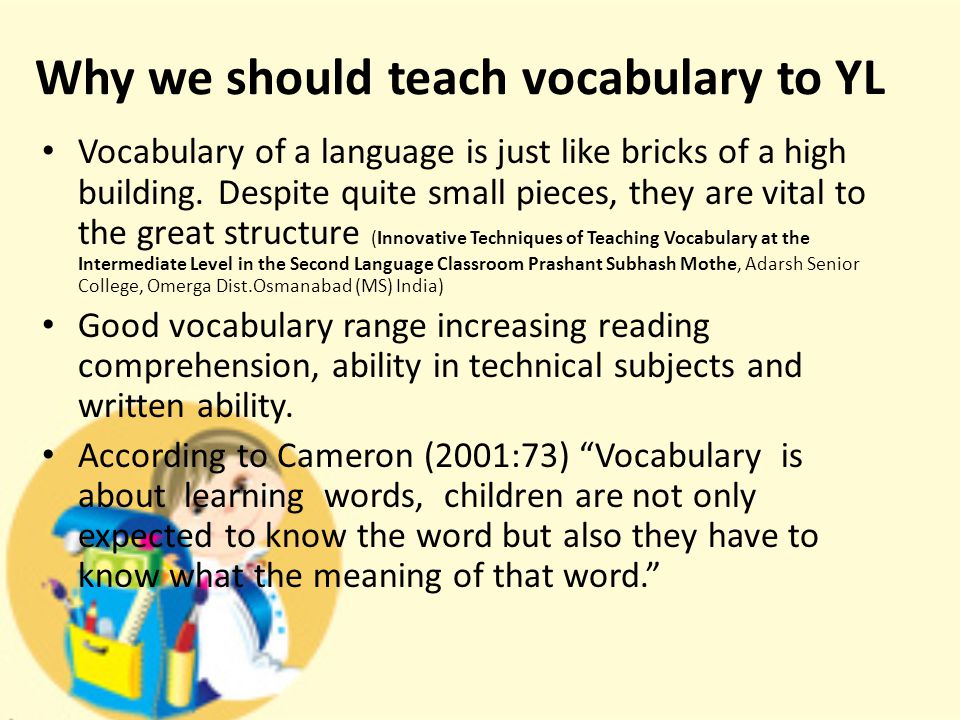
The scientific research on vocabulary instruction reveals that most vocabulary is learned indirectly and that some vocabulary must be taught directly. Thus, research supports using a combination of both indirect and direct approaches.
Indirect vocabulary learning
Children learn the meanings of most words indirectly, through everyday experiences with oral and written language. Children learn word meanings indirectly in three ways:
- They engage daily in oral language
- They listen to adults read to them
- They read extensively on their own
Direct vocabulary learning
Although a great deal of vocabulary is learned indirectly, some vocabulary should be taught directly.
Direct instruction helps students learn difficult words, such as words that represent complex concepts that are not part of the students' everyday experiences. Direct instruction of vocabulary relevant to a given text leads to better reading comprehension.
Direct instruction includes:
- Providing students with instruction in specific words that are important to students’ content learning or understanding of a particular text
- Teaching students more general word-learning strategies that they can apply to a variety of words, such as analyzing parts of words (e.g., root words)
To learn more about vocabulary, browse the articles, parent tips, research briefs, and video below.
Why learn words?
There is an opinion among students of a foreign language that it is wrong to learn words separately, since words are remembered only in context, i.e. in everyday situations, when reading books, watching movies, etc. At first glance, it is true: our brain is reluctant to absorb dry information that is not related to real life, and yet the purposeful development of vocabulary is justified and necessary. Let's consider in more detail.
You may have heard that there are frequency dictionaries English.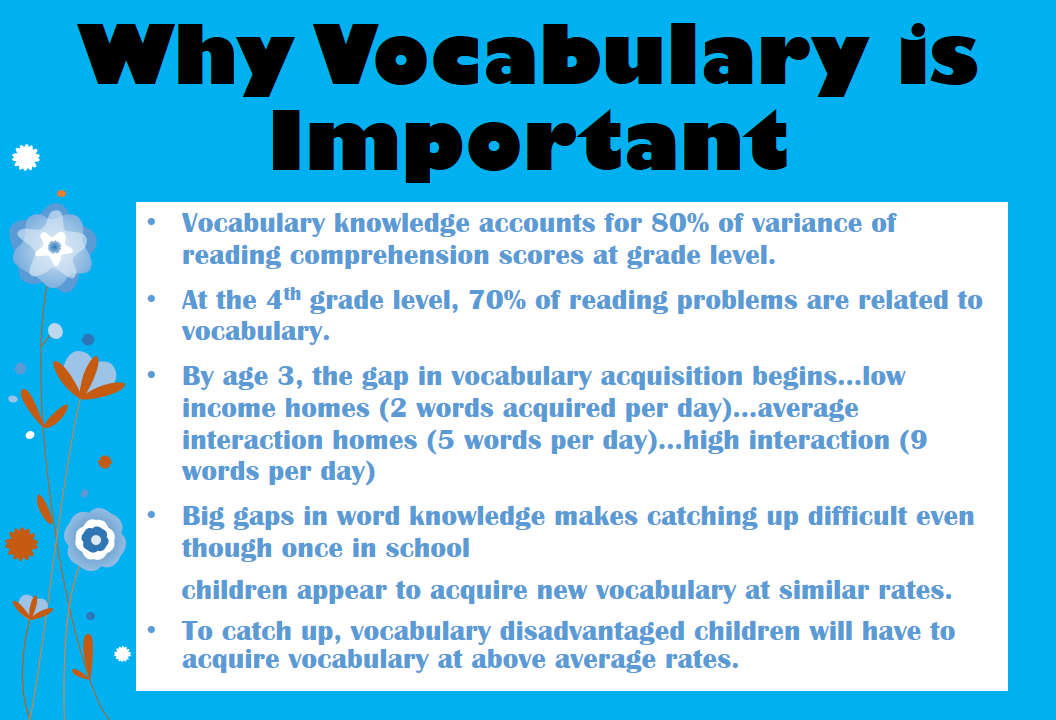 Such dictionaries are compiled on the basis of an analysis of the occurrence of words on the Internet, literature, media, films, television, etc. Here is a fragment from such a dictionary:
Such dictionaries are compiled on the basis of an analysis of the occurrence of words on the Internet, literature, media, films, television, etc. Here is a fragment from such a dictionary:
The word judical has the minimum occurrence, located at number 16000 and occurring only 35 times in the analysis.
For clarity, the table shows a number of indicative words highlighted in blue. These are fairly simple words that, as you well understand, you need to know in order to understand and speak English fluently. At the same time, such a simple word as ache occurs 1025 times less often than the word good .
Thus, if we rely only on the passive acquisition of vocabulary through reading books and watching films in English, then we will very often meet and repeat the most encountered words located at the top of the list, but a huge number of important words, which we cannot do without, will be encountered hundreds and thousands of times less often, which means that our chances of remembering them will be as many times lower.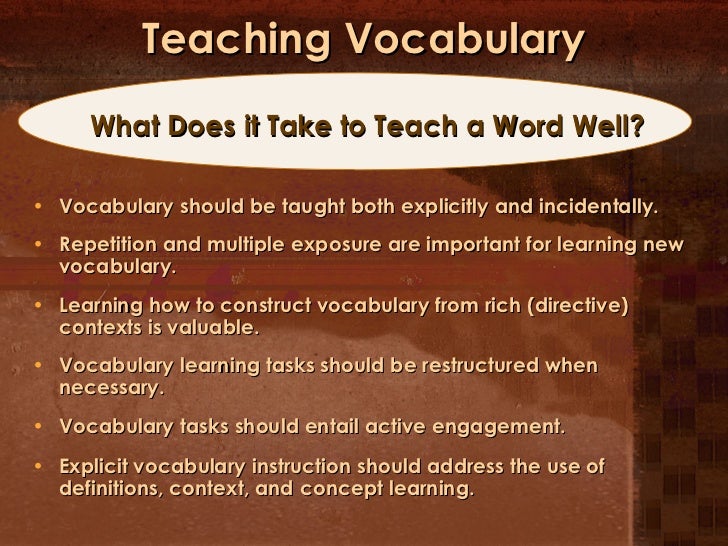
In practice, everything turns out so that we do not have free time or energy after work/study to read a book or watch a movie in English. We expect that everything somehow organizes itself, but this does not happen, and we gradually begin to lose the knowledge acquired over the years. It is worth adding to this that reading literature and watching films in the original language without sufficient knowledge of a certain amount of vocabulary quickly ends with overwork, loss of interest and the decision to postpone this activity until better times.
When watching films in English, the unfamiliar words you come across, due to the high speed of information flow, will fly past you, remaining "strangers". You won't have time to open a dictionary and look up what you heard. The perception of speech by ear is the most energy-consuming of all the options for the perception of foreign speech. At the same time, you will focus on the meaning of what you heard, and you will not have the strength to work with vocabulary.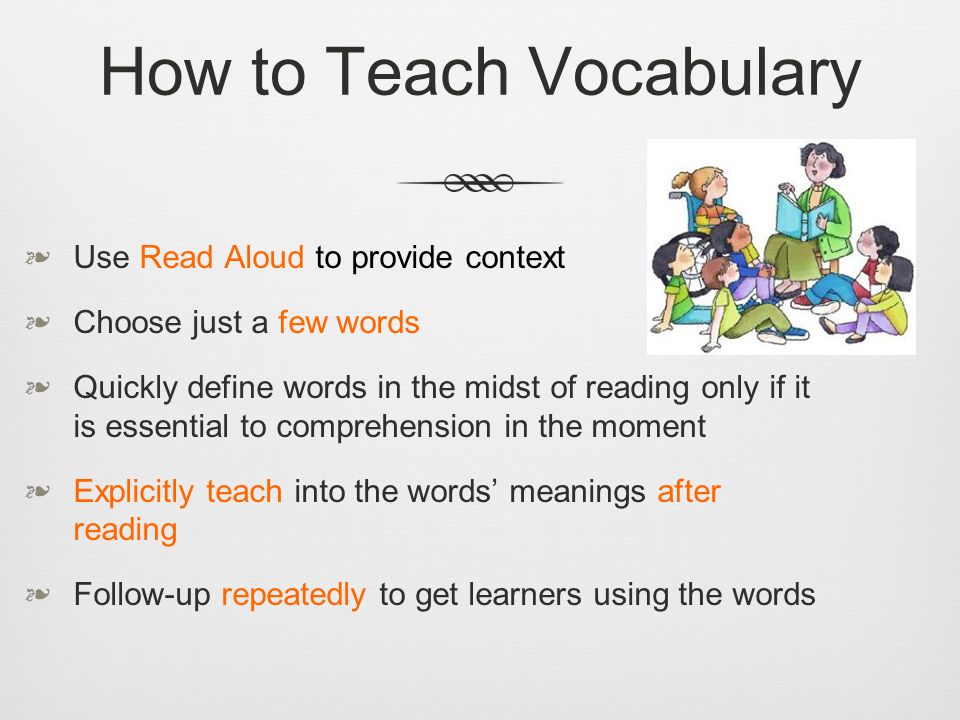 You can't do two difficult things at the same time. If you have been trying to watch videos and television for a long time, but everything ends with only an overstrain, then you should know that one of your key problems is a limited vocabulary.
You can't do two difficult things at the same time. If you have been trying to watch videos and television for a long time, but everything ends with only an overstrain, then you should know that one of your key problems is a limited vocabulary.
Another disappointment awaits many learners when they go abroad and meet native speakers, that is, those who have English as their first language. They will suddenly find that they can understand almost nothing, because native speakers speak natural language and use the full breadth of vocabulary and pronounce words differently than the teacher pronounced in the courses. You must have a developed vocabulary in order to communicate with a native speaker. You will not have "just a minute, now I'll look in the dictionary ...".
Someone will say: "But I have a friend who reads books and watches films in the original, and he did not work on vocabulary separately." There are such people, but for the most part they are foreign language teachers, foreign trade workers and those who lived or studied abroad for a long time.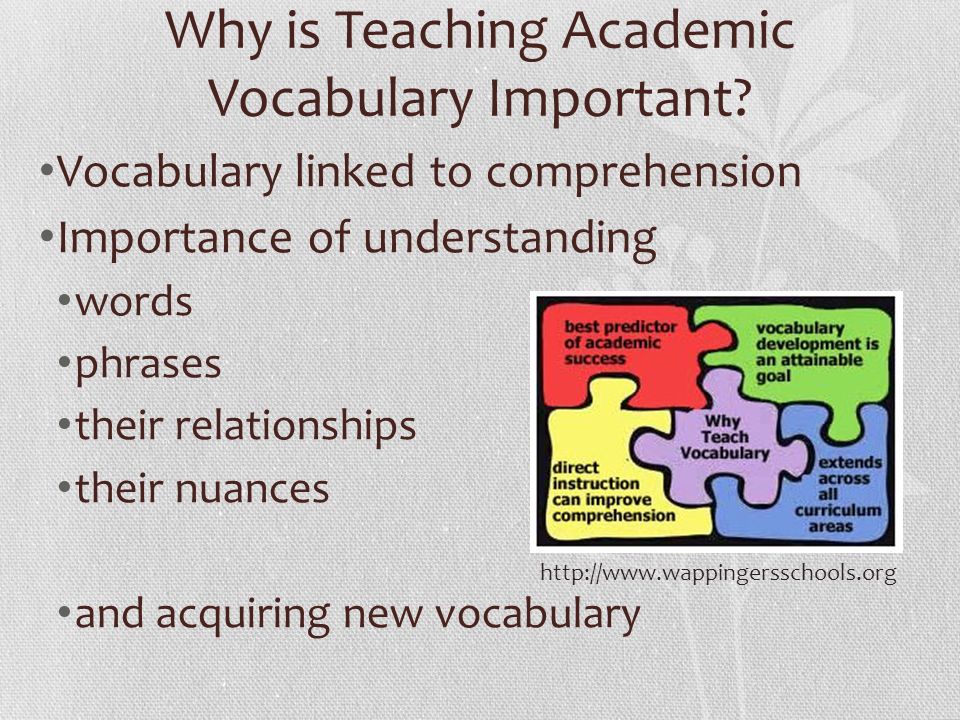 Their occupation provided them with favorable conditions in which they passed through themselves a large amount of vocabulary every day. If you have to read and speak a foreign language every day, , if you regularly go on business trips abroad or study abroad, then the option of passive assimilation will suit you. If you do not have the listed opportunities, then the presence of a decent vocabulary you have depends only on your daily work on it. Building vocabulary through passive learning will take you 10-15 years until you finally meet and remember all the important but infrequent words, and if you finally have that kind of patience.
Their occupation provided them with favorable conditions in which they passed through themselves a large amount of vocabulary every day. If you have to read and speak a foreign language every day, , if you regularly go on business trips abroad or study abroad, then the option of passive assimilation will suit you. If you do not have the listed opportunities, then the presence of a decent vocabulary you have depends only on your daily work on it. Building vocabulary through passive learning will take you 10-15 years until you finally meet and remember all the important but infrequent words, and if you finally have that kind of patience.
Conclusions :
The method of passive assimilation gives a very uneven study of vocabulary. You endlessly repeat what you already know for a long time, and rarely come across words that you don’t know yet.
Reading original literature without a developed vocabulary leads to rapid fatigue and is impossible on a regular basis.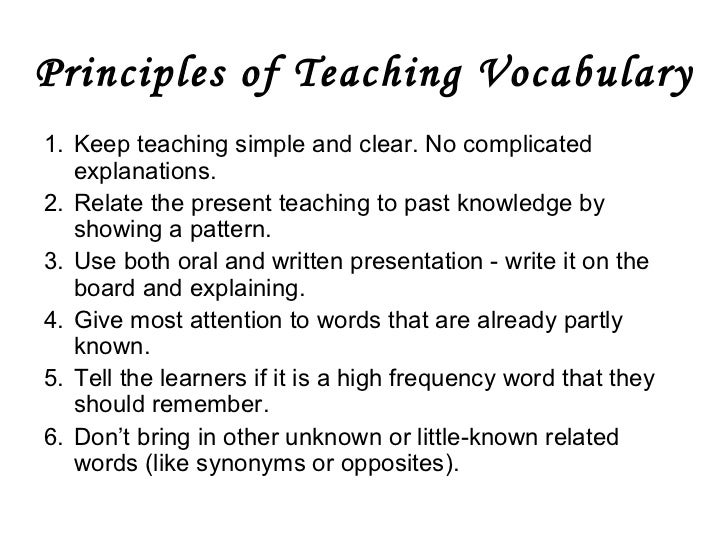
Comprehension of original speech (television, films, radio, native speakers) without a developed vocabulary leads to rapid fatigue and is impossible on a regular basis.
In view of the above, we choose purposeful work on foreign vocabulary. This approach allows you to work through and get acquainted with a very large amount of words in a fairly short time, without gaps and give equal attention to each of the words. Having a well-developed vocabulary, it is much easier for us to enter the unfamiliar sphere of a foreign language. That is, we choose to first prepare in the training room, and then enter the competition. To come abroad and find out there that you do not understand well, you are confused, you cannot say - so trivial, but not our option.
The volume of foreign vocabulary is certainly large, but if you set a goal, then with daily practice you will master the volume of words necessary for free understanding and mastery. Remember: we master the grammar of a foreign language for 1-2 years, and we learn words all our lives.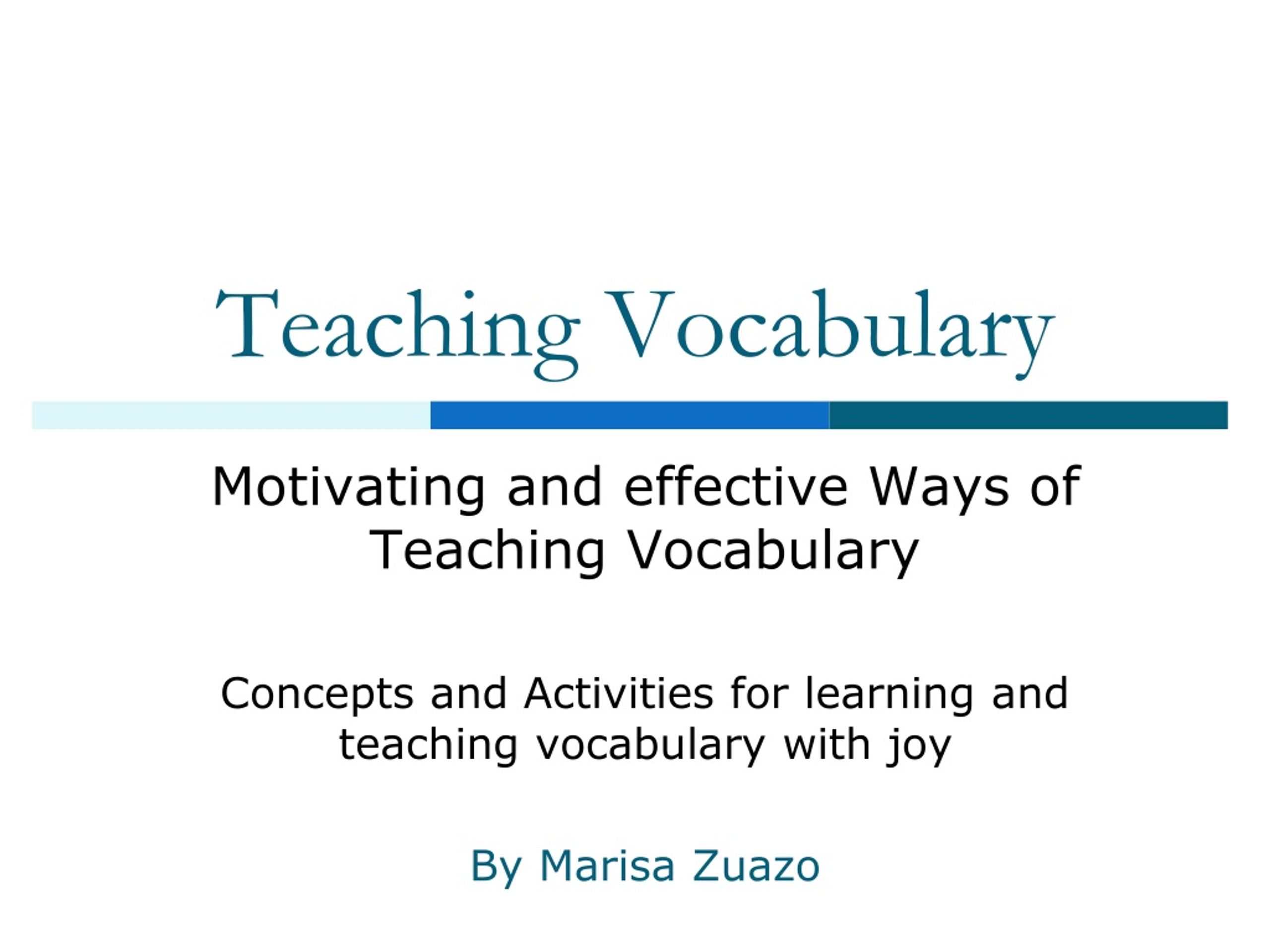 Anyone who is fluent in a foreign language will confirm this to you. If you have already chosen purposeful work on vocabulary, then it remains only to organize your work in the most effective way. We invite you to do this with us using the LEX Mentor method.
Anyone who is fluent in a foreign language will confirm this to you. If you have already chosen purposeful work on vocabulary, then it remains only to organize your work in the most effective way. We invite you to do this with us using the LEX Mentor method.
See also: How to learn words correctly?
Why is a person's vocabulary needed? How to replenish it? - Secrets of success!
Written by GarageBiz Reading 4 min. Posted on
The power of words is not a myth. At the time when I was at school, I did not know why we need such subjects as Russian literature. I was not interested in the classic books of Pushnikin, Tolstoy, Dostoevsky and other Russian classics. To the same extent, I did not understand such subjects as philosophy, rhetoric, the Tatar language (I live in Tatarstan). And only when you become an adult do you understand that such things as a rich vocabulary are very important for success in life and play, if not the role of the main factor in victories, but this is another contribution of your parents to your future competitiveness.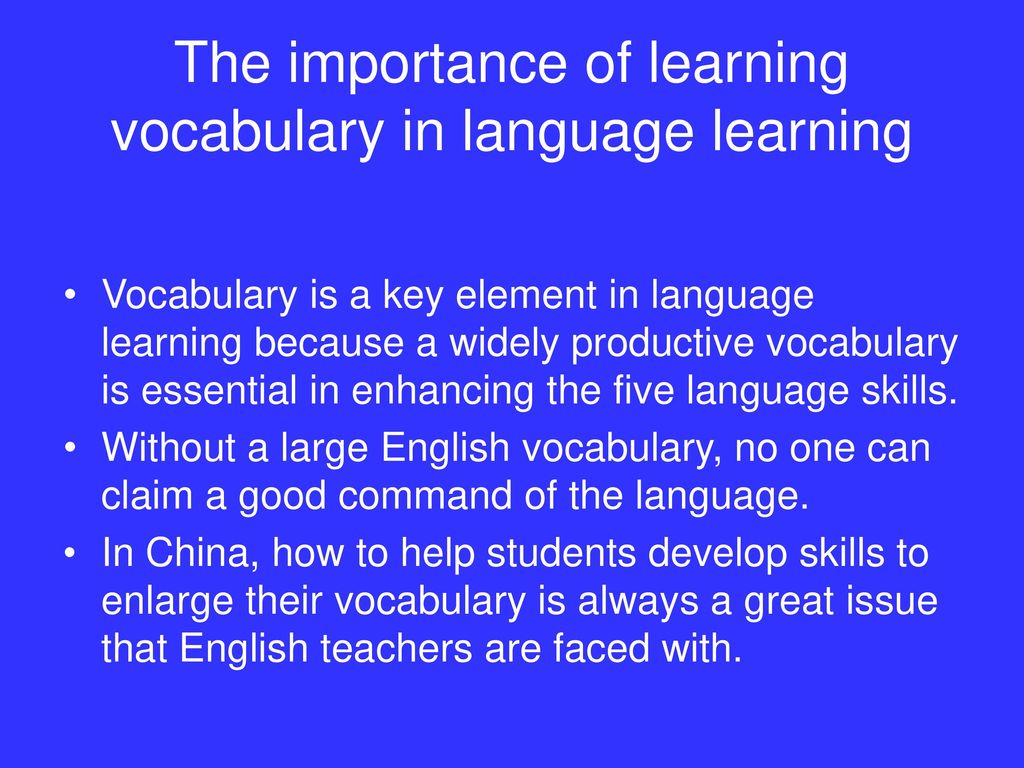 When we become adults, we are ready to pay big money for learning what we were taught in school for free.
When we become adults, we are ready to pay big money for learning what we were taught in school for free.
Vocabulary Shakespeare according to philologists was 12 thousand words. In order to communicate more or less freely in English, you need to know and understand about 1000 words in the lexicon and know some set expressions and constructions. But this vocabulary will obviously not be enough to speak fluently and have a rich speech.
You need to improve your vocabulary
In order to express your thoughts well , you need to have a serious vocabulary. Many experts agree on this. It often happens that a successful person shows himself well in business, but at a business meeting he cannot connect a few words. How to improve vocabulary? There are different ways. Many advise you to read more diverse literature and thereby you indirectly increase your vocabulary and literacy and the quality of your oral speech.
By the way , knowing a lot of interesting words and speaking well are not the same thing.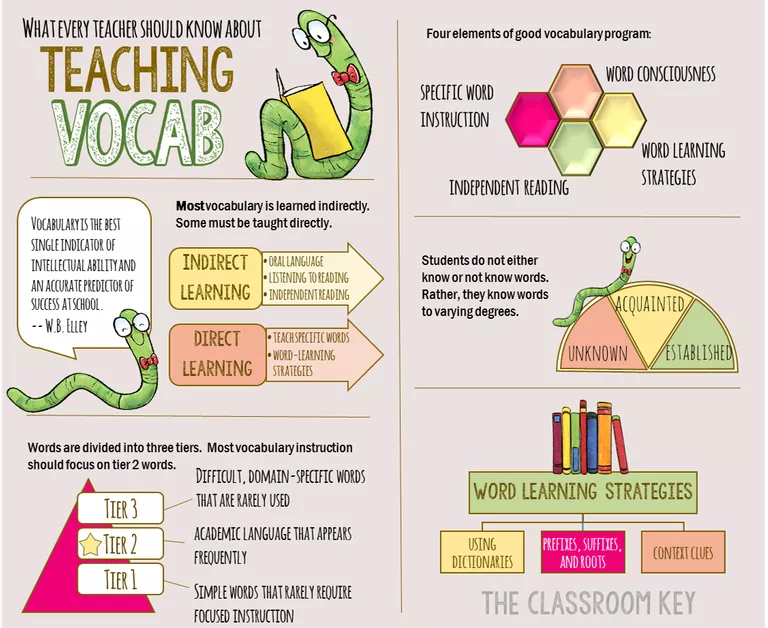 Your vocabulary should be complemented by a broad outlook and knowledge, beautiful speech, expressiveness. Here it is worth paying attention to such a thing as rhetoric. They are taught to speak beautifully. Try to listen to other people, and also try to speak in public yourself. Your speech quality will improve very quickly.
Your vocabulary should be complemented by a broad outlook and knowledge, beautiful speech, expressiveness. Here it is worth paying attention to such a thing as rhetoric. They are taught to speak beautifully. Try to listen to other people, and also try to speak in public yourself. Your speech quality will improve very quickly.
Having a rich vocabulary - you will become a stronger negotiator . This is a real business skill that exploits philology for capitalist purposes. It will really be easier for you to convey your own opinion to others when you finally learn how to link at least a few words together, and not speak in abrupt sentences.
Ways to replenish vocabulary
1. Eliminate from your speech words-parasites, obscenities, hackneyed phrases that you use regularly. It is better to replace this with beautiful metaphors, interesting new words, and also look for more harmonious synonyms for familiar words. Train.
2. Communicate more. Communication is to some extent a skill. And the more you communicate, the better your speech becomes. At the same time, you need to carefully choose your circle of communication. The environment also influences your speech. I can also recommend our article, which talks about how to develop communication skills.
Communicate more. Communication is to some extent a skill. And the more you communicate, the better your speech becomes. At the same time, you need to carefully choose your circle of communication. The environment also influences your speech. I can also recommend our article, which talks about how to develop communication skills.
3. Read specialized and fiction and non-fiction books. It doesn't hurt to learn something from the non-fiction series
Sidebar: non fiction is a special genre of non-fiction, where the narrative is based on real events. Nonfiction . The amount of fiction in this genre is small and only needed to give more brightness to the presentation. The style of presentation is journalistic. The story is based on the words of eyewitnesses, based on real documents. The subjective view of the author can also be traced in documentary prose, which may not coincide with the generally accepted point of view.

You can also read good periodicals. Sometimes there are interesting phrases and words.
4. Watch cultural St. Petersburg authors on Youtube . In general, the fact that in such cities as St. Petersburg, human capital is more developed, and therefore speech, is true. I watch Konstantin Zarutsky, a famous auto video blogger, and it turns out that familiar words can be used in very interesting formats. I recommend.
5. Every new word - type in Google and see what does it mean. This will help in the development of vocabulary. For example, I have just learned what non-fiction is and have become the owner of a slightly richer speech.
6. They say that you can improve your vocabulary by writing your own articles or by listening to audio books . Useful for those who have a long commute to work. Player in your ears. I think that going to graduate school, starting to write a dissertation, or at least studying for a few years at a good university is a great way to expand your vocabulary.

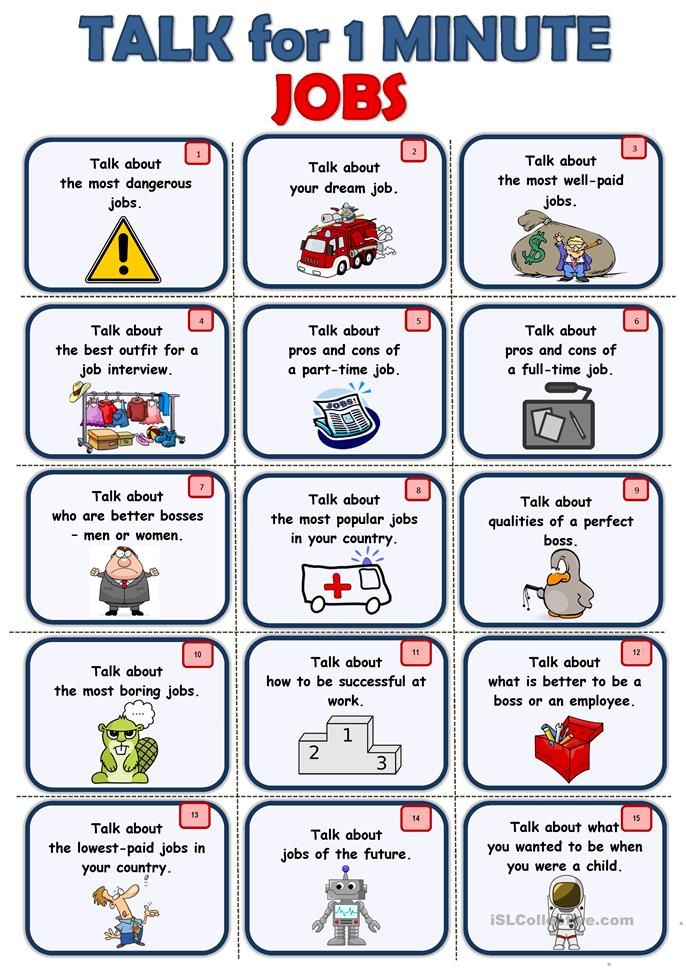 g. (she) walks
g. (she) walks 
